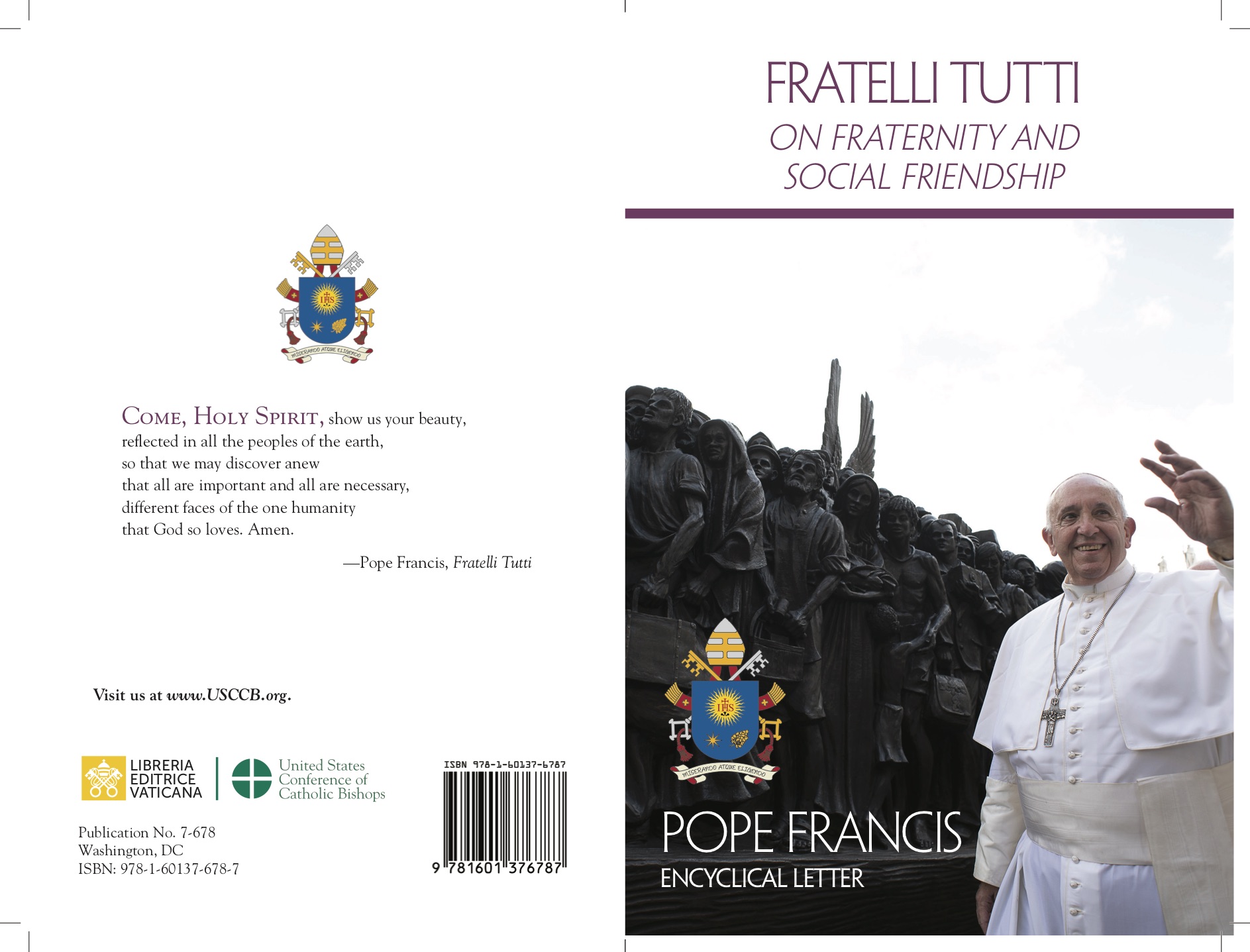
The Writers are Fine, writes Sara De Simone. This is the title of a monologue in which the essayist and literary critic rebels against the demeaning stereotype of the artist-muse who is eternally depressed, hysterical, a victim, and marginal. This stereotype, so beloved by men, is reassuring because it confirms that art belongs to them—they are the ones who know how to create and destroy without self-destruction, even taking on the responsibility for the destitute women they encounter along the way. These women, however, are never on par with male genius, mind you; instead, they are seen as bearers of talent that they would be very good at wasting on their own (not: a talent that patriarchy is excellent at suppressing, ghettoizing, ridiculing, and forgetting—no: because the fault is always with women, who are insufficient at anything, while only excelling in fragility). Instead, “The writers are fine”, asserts Sara De Simone, with the solidity of a scholar and translator. To assert a point, she using as examples those very women whose instability and illness have given rise to the most glaring misconceptions and deeply entrenched clichés, from Virginia Woolf to Katherine Mansfield.
The Writers are Fine is a very beautiful monologue, and I recommend that, when possible, you seek it out, perhaps at literary festivals or cultural events in your cities. It is also a good summary for some reflections on the links between female genius and madness—perhaps to take them out of the single narrative of self-destruction and restore to women the possibility of having been (or being) crazy, perhaps, but also vital, ironic, and ruthless. To ensure that mental illness does not consume everything within a life, it is important to remember that a biography is always the sum of what we think we have grasped and what slips away from us. Within every existence, there is always a dynamite-like detail, one that breaks the fil rouge with which we thought we had summarized it. There is no madness, there are madnesses: divine wisdom for Emily Dickinson, surpassing conventional limits for Alda Merini, and the sound of a siren in the earbuds for Anne Sexton. We could go on and on, without romanticizing it; instead, remember that every poetic voice is an expression of a way of looking at the world—a deviation that precedes and invades the act of writing.
“Suicide is the opposite of poetry”, Sexton writes, recalling how, with her friend Sylvia Plath, they talked about the possibility of committing suicide “between one potato chip and another”, drawn to the theme “like mosquitoes to electric light”. In these lines of regret—Plath is no longer here. There is an icy, bitter irony, but there is also the clarity of an exorcism, the awareness of walking on the edge, dressed in white like Emily Dickinson, or in black like a twentieth-century Hecate. “I want to sink with the flag unfurled”, writes Virginia Woolf. The Argentine poet Alejandra Pizarnik often compared herself to a bird, which was nocturnal, strong, and ready to take flight. On the surface, these may seem like opposing directions, but are we not all, at one time or another, alternately drawn to the abyss and to the heights? The question remains to be answered, which is: can we read a life without squeezing it into a single narrative? Can we avoid rereading every existential detail in light of a suicide, and accept that even those who wanted to die may have been, for a moment or much longer, authentically happy?
Writers are fine. Even before, or after, they have been very unwell.
Nadia Terranova (Photo by Francesca Tilio) is an Italian writer whose works have been translated into several languages around the world. Born in Messina and holding a degree in Philosophy, she lives and works in Rome for many years. She writes books for both adults and young readers. Her first novel, Gli anni al contrario [The Years in Reverse] (Einaudi, 2015), was listed among the ten most beautiful Italian novels released in the decade from 2009 to 2019.
She later wrote Addio fantasmi [Goodbye Ghosts] (Einaudi, 2018), the short story collection Come una storia d’amore [Like a Love Story] (Giulio Perrone Editore, 2020), and Trema la notte [The Night Trembles] (Einaudi, 2022). Her latest novel is Quello che so di te [What I Know About You] (Guanda, 2025).
by Nadia Terranova
ThePoem
Loneliness
Now it is Loneliness who comes at night
Instead of Sleep, to sit beside my bed.
Like a tired child I lie and wait her tread,
I watch her softly blowing out the light.
Motionless sitting, neither left or right
She turns, and weary, weary droops her head.
She, too, is old; she, too, has fought the fight.
So, with the laurel she is garlanded.
Through the sad dark the slowly ebbing tide
Breaks on a barren shore, unsatisfied.
A strange wind flows… then silence. I am fain
To turn to Loneliness, to take her hand,
Cling to her, waiting, till the barren land
Fills with the dreadful monotone of rain
Katherine Mansfield
From “When I Was a Bird and Other Poems”, edited by Federico Mazzocchi (Passigli, 2009)













 Purchase the Encyclical here Fratelli Tutti
Purchase the Encyclical here Fratelli Tutti
